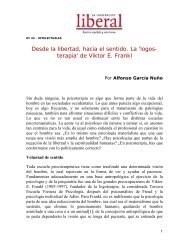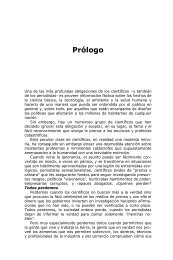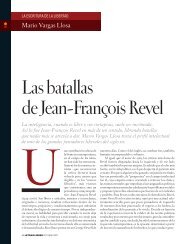Darfur: Blueprint for Genocide - Archipielago Libertad
Darfur: Blueprint for Genocide - Archipielago Libertad
Darfur: Blueprint for Genocide - Archipielago Libertad
You also want an ePaper? Increase the reach of your titles
YUMPU automatically turns print PDFs into web optimized ePapers that Google loves.
Section 3: Systematic Actions Amounting to <strong>Genocide</strong><br />
July 2004: Aegisdiscovered these three women sitting in a small village on the border with Chad, far away from<br />
the refugee camps. All had been gang-raped at different times, in different places. All had witnessed their<br />
husbands being killed. Two of them had seen their children being killed also. Fatima, aged <strong>for</strong>ty-eight on the<br />
left, had eight children. None survived the attack on her village by the Janjaweed and Sudanese army. The<br />
other two women were six months pregnant as a result of rape. Photo: James M. Smith ©Aegis Trust.<br />
In <strong>Darfur</strong>, w omen and girls have been publicly raped in<br />
front of their families and communities. This points to<br />
attempts both to subjugate the women and humiliate the<br />
whole community.<br />
Racist language has often accompanied sexual violence,<br />
indicating that these crimes are racially motivated.<br />
Amnesty International produced a report on sexual<br />
violence in <strong>Darfur</strong> and documented one case of a pregnant<br />
woman being killed because she was bearing the child of<br />
an “enemy”. 41<br />
In <strong>Darfur</strong>, rape is a cultural taboo. Women who have been<br />
raped are likely to suffer social stigmatisation and are at<br />
risk of rejection by their families and communities, even<br />
41 Amnesty International, <strong>Darfur</strong>: Rape as a weapon of war: sexual<br />
violence and its consequences,<br />
http://www.web.amnesty.org/library/index /engafr540762004<br />
[Accessed 16 November 2004].<br />
their husbands, leaving them to a future of uncertainty and<br />
neglect. In some cases the Janjaweed have branded<br />
women they have raped, so that all who see them know<br />
what has happened to them.<br />
As the perpetrators come from the same societies, they<br />
are fully aware of the implications of their actions <strong>for</strong> the<br />
women. Many women carry injuries resulting from violent<br />
rape and many are pregnant as a consequence.<br />
Much of the knowledge w e have about sexual violence in<br />
<strong>Darfur</strong> has come from refugees in camps in Chad.<br />
How ever, the majority of w omen who have suffered sexual<br />
violence have remained in <strong>Darfur</strong> rather than going into the<br />
refugee camps in Chad, possibly because they fear<br />
stigmatization from their communities there.<br />
16




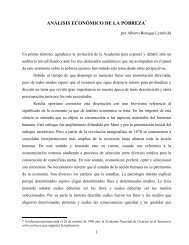
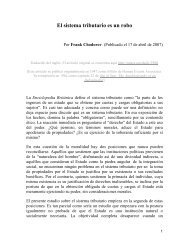
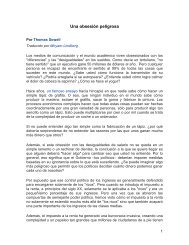
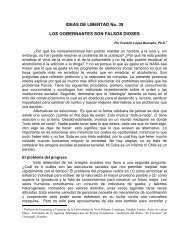
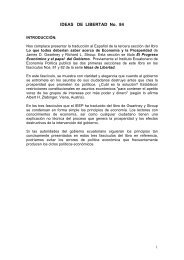


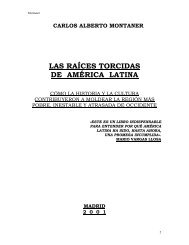
![0091 Stewart - La magia y el misterio del comercio [parte I].pdf](https://img.yumpu.com/16943279/1/169x260/0091-stewart-la-magia-y-el-misterio-del-comercio-parte-ipdf.jpg?quality=85)
